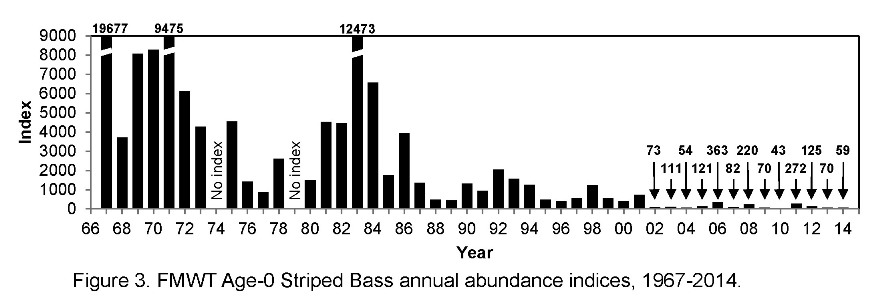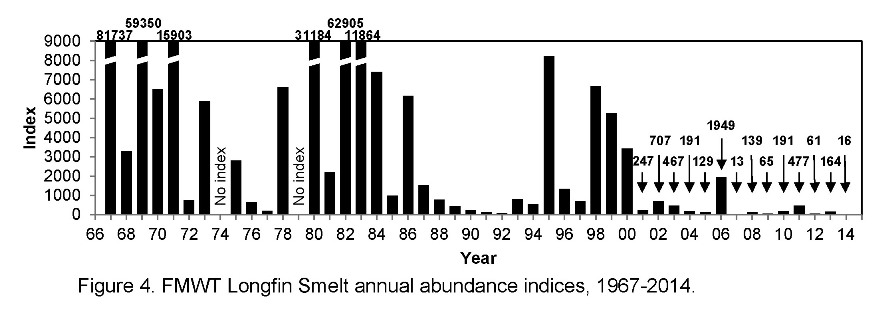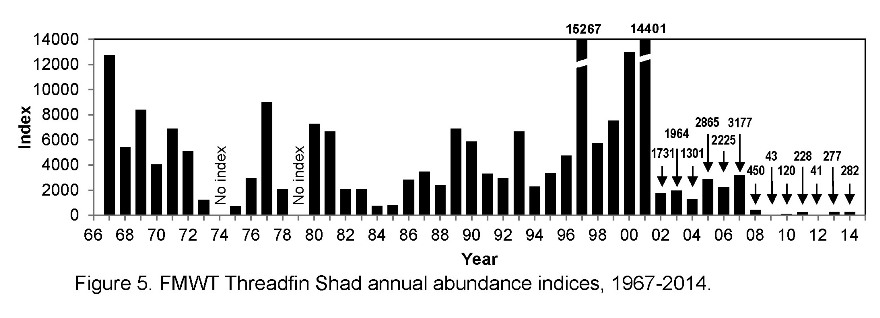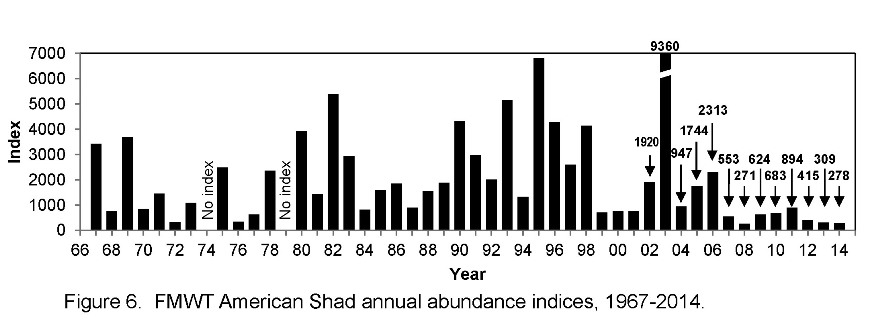The annual survey conducted each fall since 1967 shows record low number for Delta smelt; longfin smelt is second lowest
 The California Department of Fish and Wildlife has completed the Fall Midwater Trawl Survey, a survey conducted each fall to determine the abundance of the Delta’s pelagic fishes.
The California Department of Fish and Wildlife has completed the Fall Midwater Trawl Survey, a survey conducted each fall to determine the abundance of the Delta’s pelagic fishes.
Pelagic fishes are those that live in the water column, rather than near the bottom or the shore. To conduct the survey, a net that stretches from the bottom to the surface is dragged behind a boat through the water column and all fish, shrimp and jelly fish caught are then counted. Those numbers are then used to calculate an abundance index for each of the species.
 The sampling is conducted at 122 stations each month; 100 of those stations are used in index calculations and the other 22 stations provide additional information about the distribution of fish in the estuary.
The sampling is conducted at 122 stations each month; 100 of those stations are used in index calculations and the other 22 stations provide additional information about the distribution of fish in the estuary.
The Fall Midwater Trawl Survey has been conducted monthly from September through December since 1967, with the exception of 1974 and 1979. The trawl was initiated to determine the relative abundance and distribution of young striped bass, but over time, the data has also been used for other pelagic fish species, including the Delta smelt, longfin smelt, splitttail, American shad, and threadfin shad.
The results are particularly important to water managers as the amount of ‘take’ of Delta smelt allowed at the state and federal projects under endangered species regulations is determined in part on the results of the Fall Midwater Trawl index of abundance for Delta smelt.
The sampling for the survey was completed on December 17, 2014. Here are the results for five of the Delta’s pelagic species:
Delta smelt
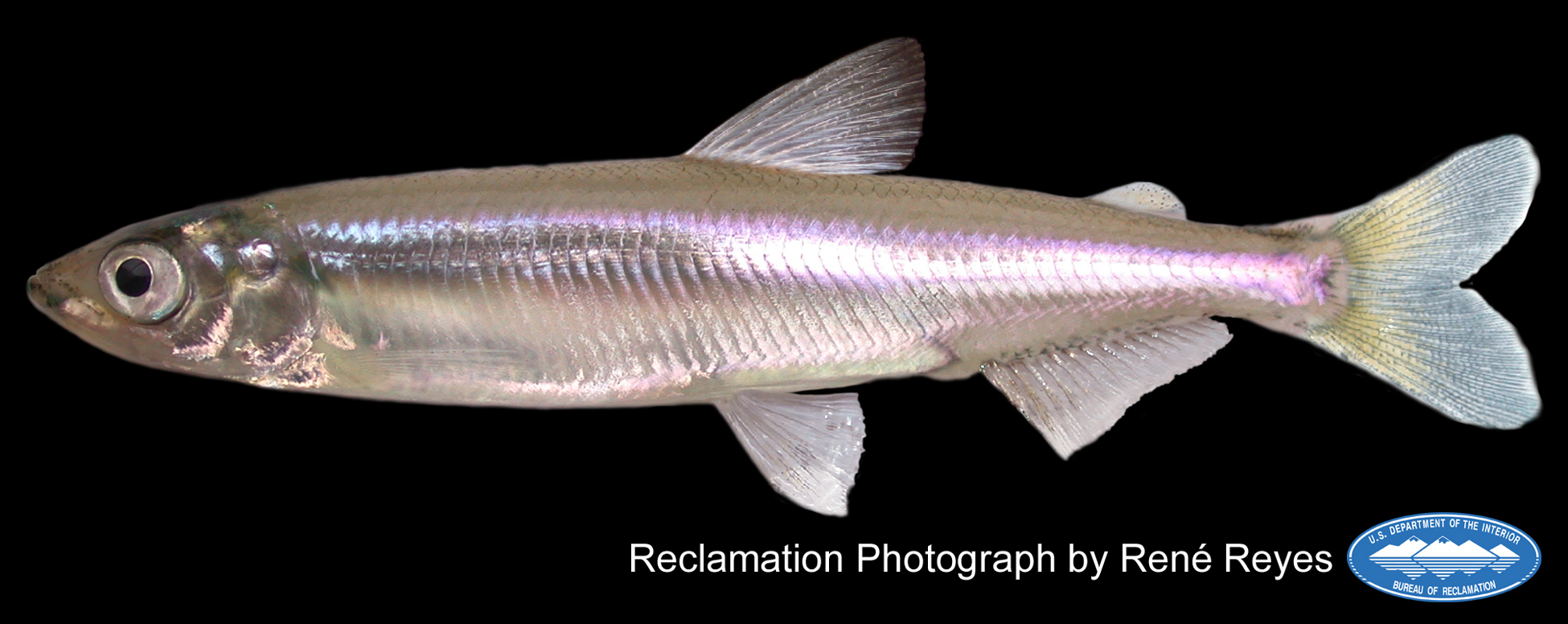 The 2014 Delta smelt index is 9, making it the lowest index in the history of the Fall Midwater Trawl. The Delta smelt index was highest in 1970; it has been consistently low since 2003, with the exception of 2011.
The 2014 Delta smelt index is 9, making it the lowest index in the history of the Fall Midwater Trawl. The Delta smelt index was highest in 1970; it has been consistently low since 2003, with the exception of 2011.
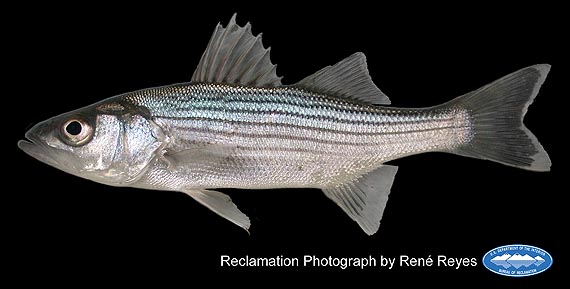 Striped bass
Striped bass
The 2014 Age-0 index for striped bass is 59, which is the third lowest in the history of the trawl. Its abundance was highest in 1967, when the survey was first initiated.
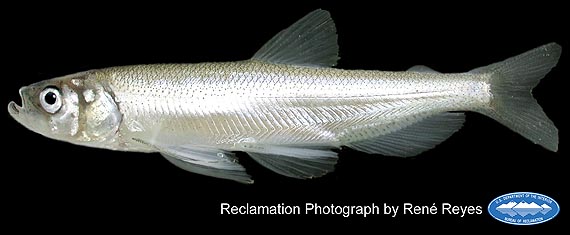 Longfin smelt
Longfin smelt
The 2014 longfin smelt index is 16, making it the second lowest in the history of the trawl. The highest index for longfin smelt was in 1967 at the survey’s inception.
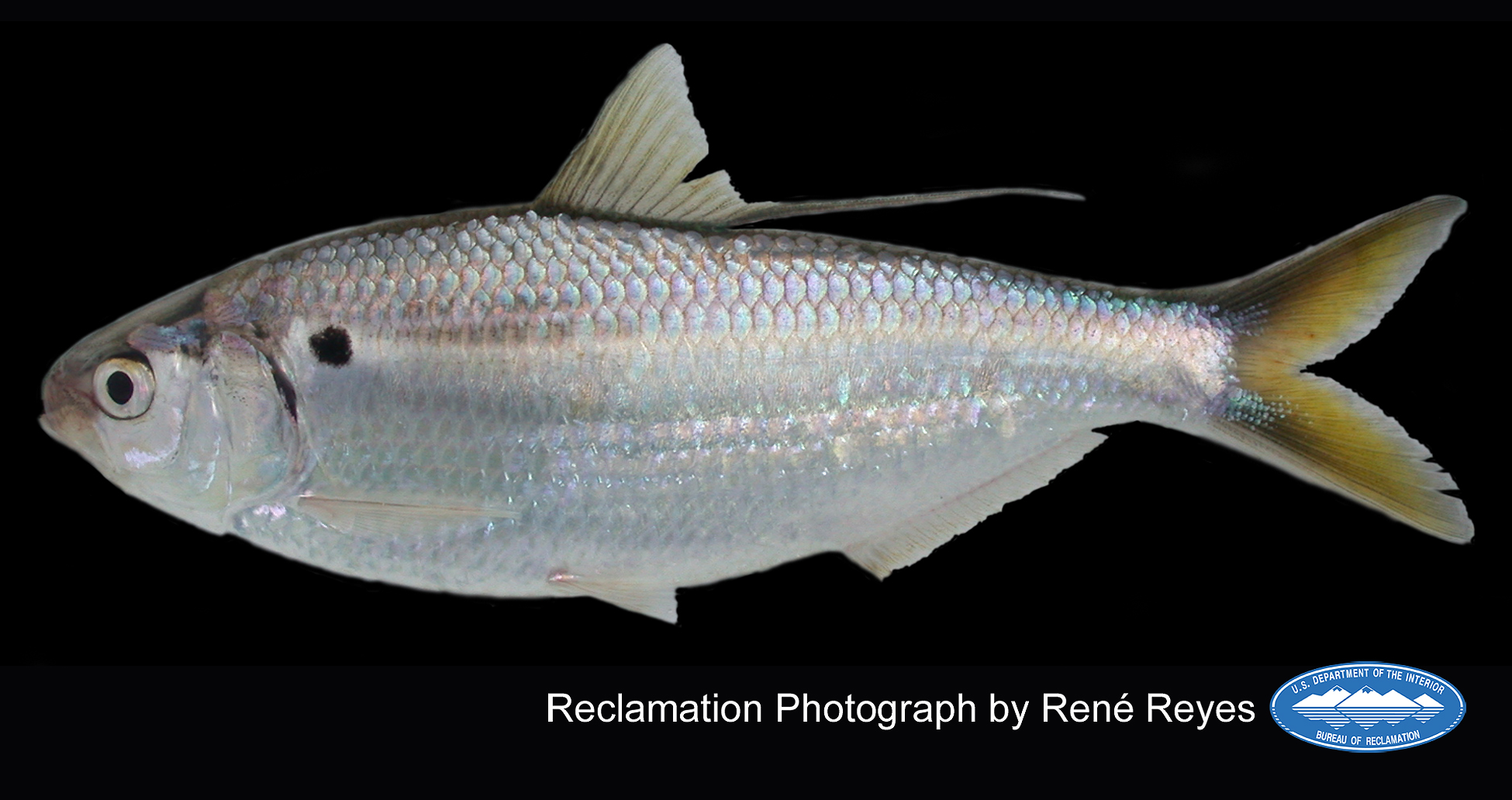 Threadfin shad
Threadfin shad
The 2014 index for threadfin shad is 282, the sixth lowest, and the seventh in a series of very low indices. Its abundance was highest in 1997.
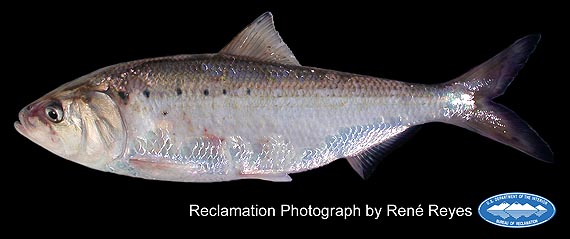 American shad
American shad
The 2014 American shad index is 278, which is the second lowest, but only slightly higher than the lowest index of 271 which occurred in 2008.
For more information …
- Click here to read the memo on the results of the Fall Midwater Trawl.
- Click here for more information how the Fall Midwater Trawl is conducted.



